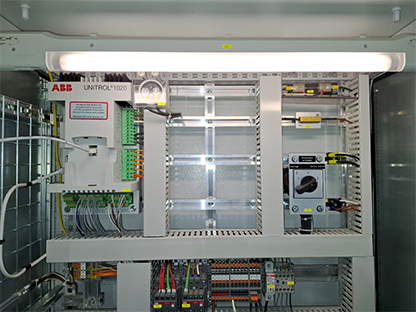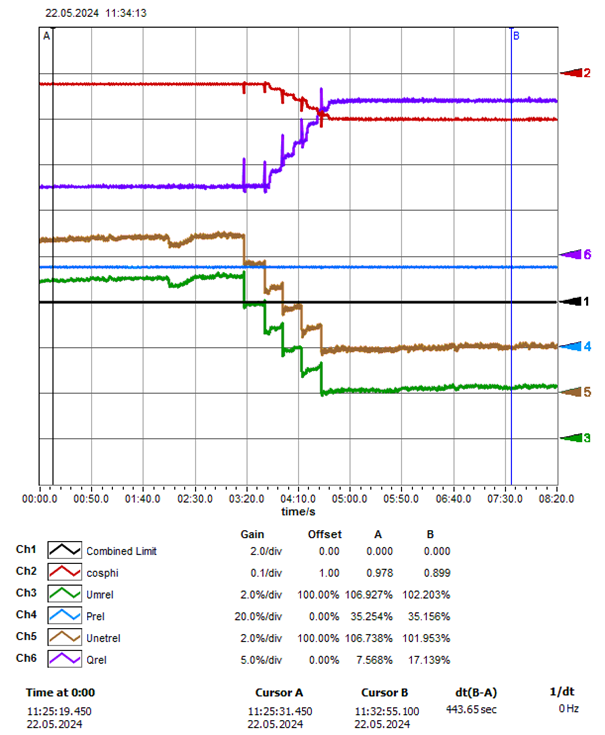Reactive power, a lever for grid stability
Some facilities automatically regulate their reactive power depending on grid voltage, which helps stabilisation without any human involvement.
In an electric grid, the real power (MW) provided by an alternator affects the frequency, while the reactive power (Mvar) impacts the voltage. Facilities’ reactive power helps to stabilise the voltage map. This means exchanges between grid owners can be controlled better, limiting financial penalties.
Automatic response to changes in voltage
Romande Energie wanted to use reactive power regulation depending on grid voltage for the hydroelectric facilities at Pont de La Tine and Les Farettes. In theory, if the voltage is too low the alternators produce more reactive power to support it; if it’s too high, they absorb some to lower it. All this is done automatically, with no need for the control room to take any action.
The mathematical equations have been calculated and fed into the facilities’ automation systems. This allows the voltage regulator to be managed, adjusting the reactive power of the alternator.

Conclusive field tests
Commissioning took place between spring 2024 and early 2025. This gave assurance that the practice lived up to theory, as shown by this image of the movements of the tap changer of a 10/20kV distribution transformer at Pont de La Tine.

